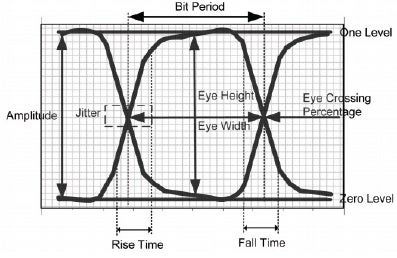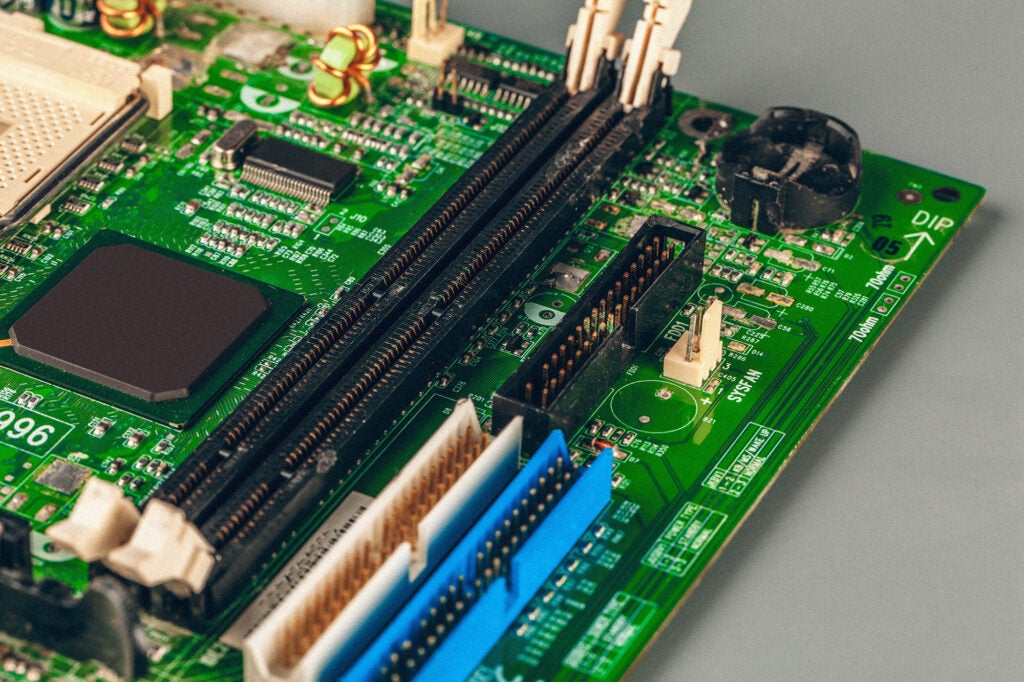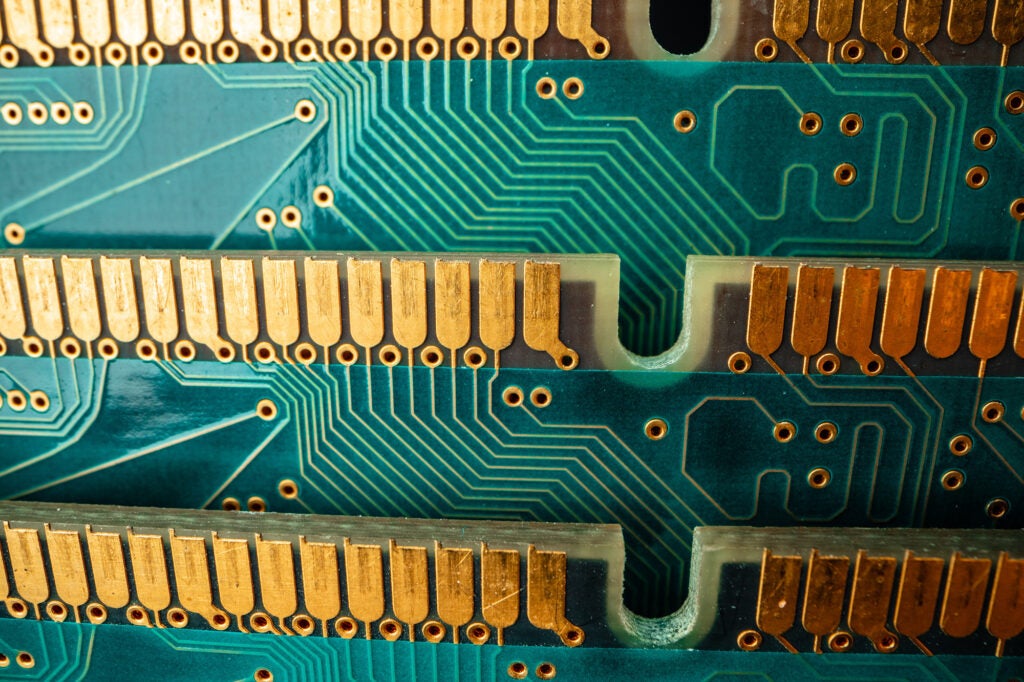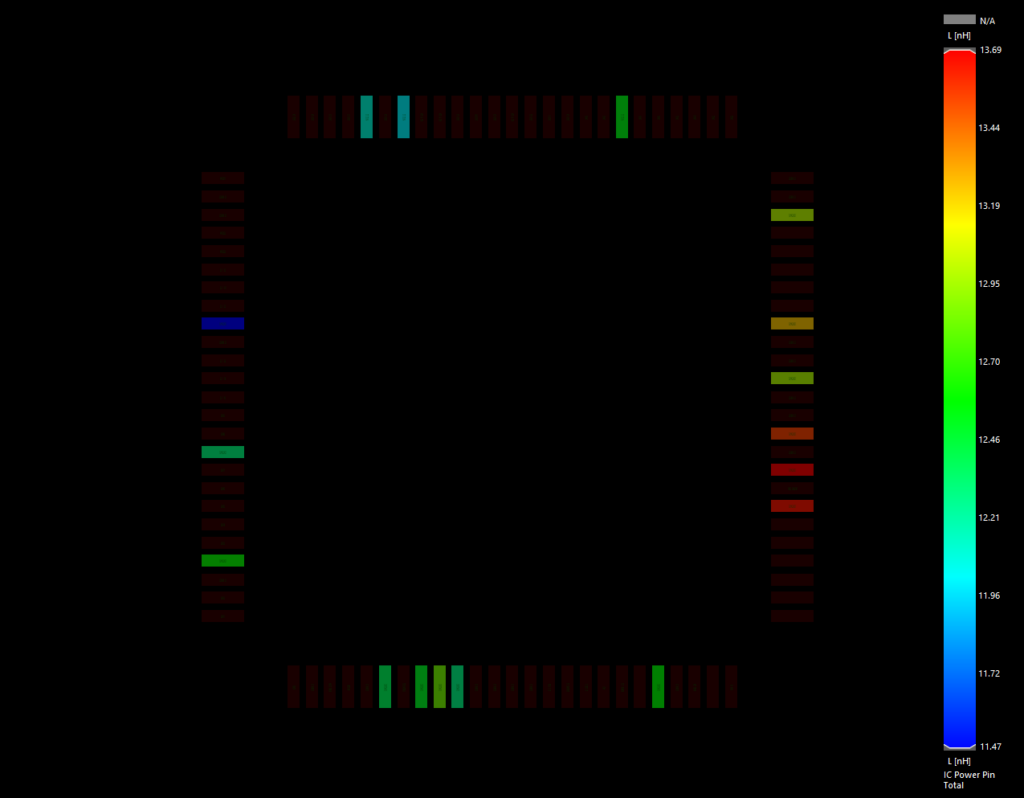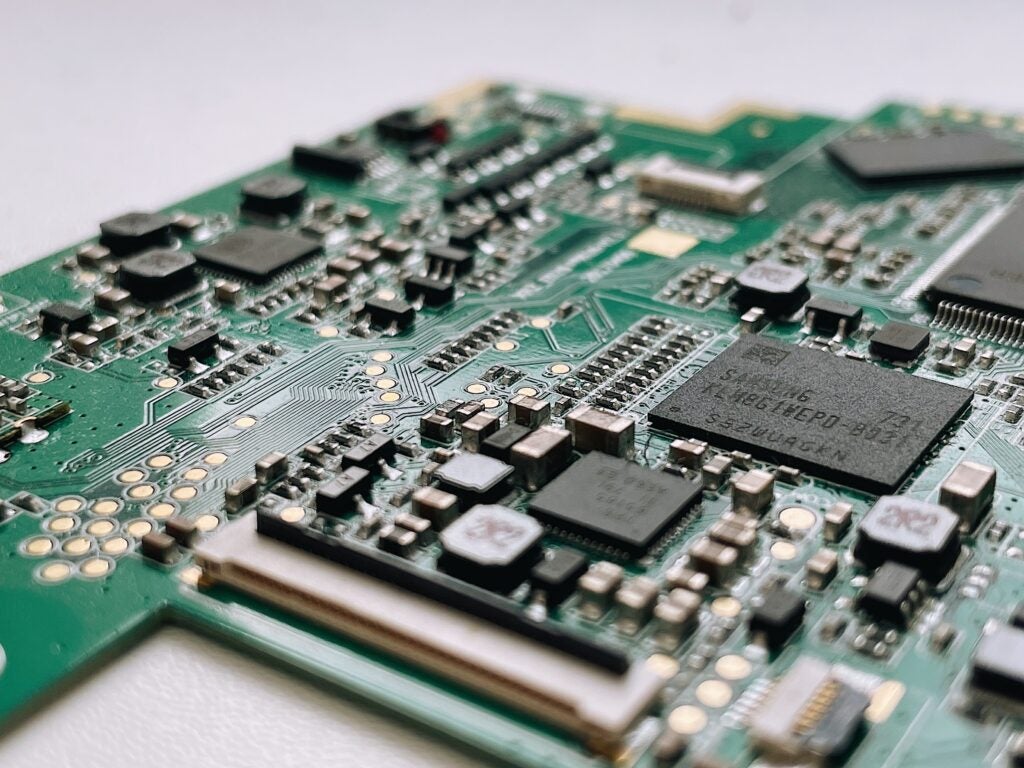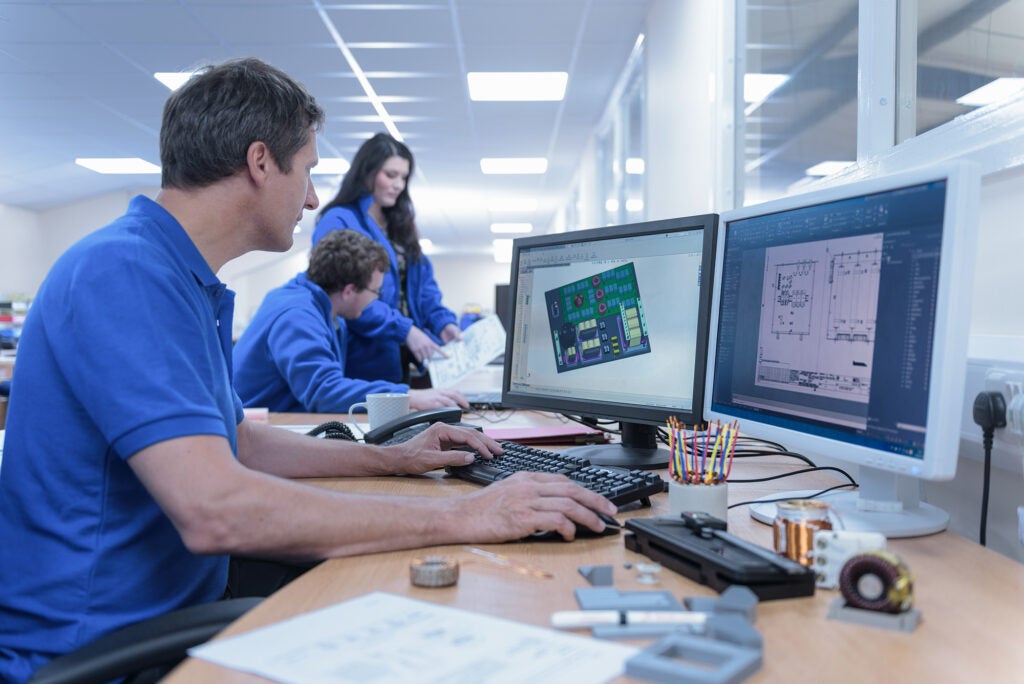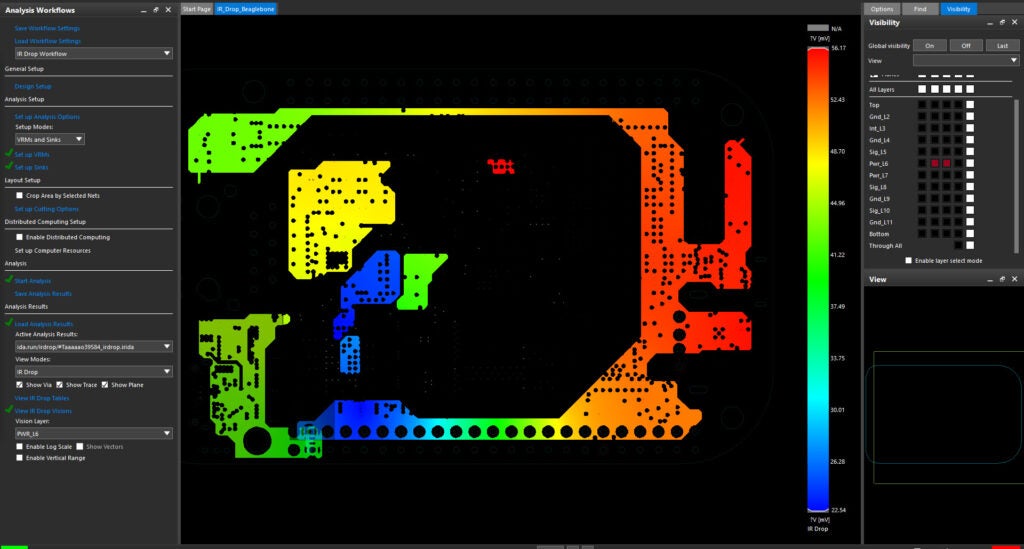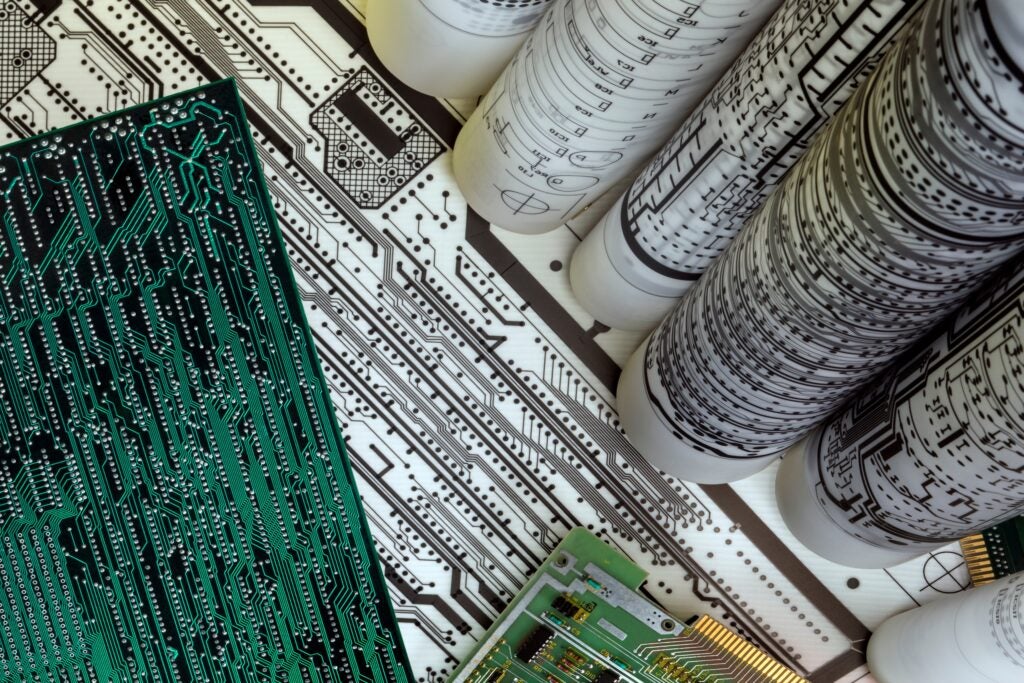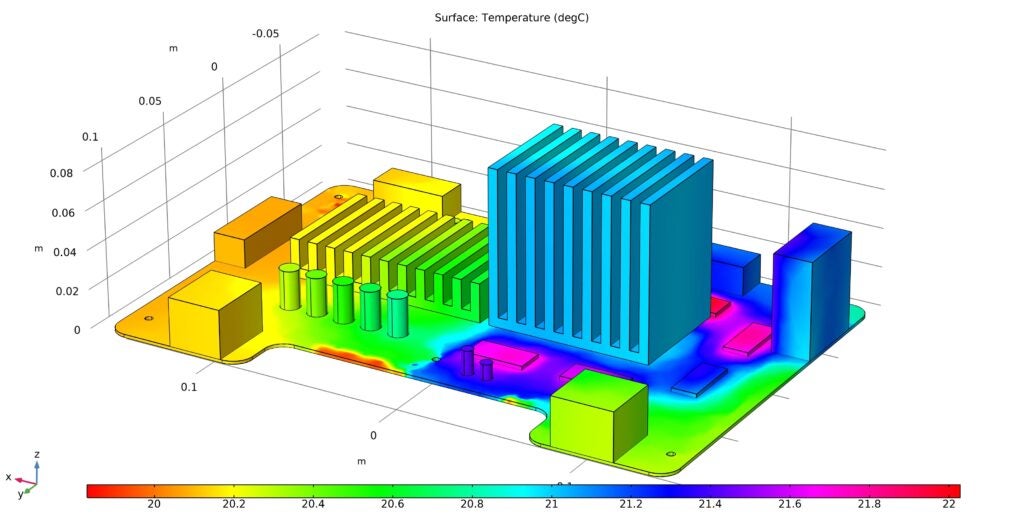In the PCB design world, working in a team-centered environment with multi-department teams or remote team members is a common occurrence. Unfortunately, this presents its own set of challenges. Finding ways to collaborate effectively is essential in order to enable everyone involved to achieve project and business goals. This is sometimes easier said than done.
Until now, most PCB design teams have come up with their own “workarounds” in order to create a collaborative environment. This usually consists of multiple people working on their assignment through a copy of the file or even working in shifts. The team then has to piecemeal the files and code together to create one master file, or wait until the previous shift is done with their work before making revisions or moving to the next phase. With the recent launch of Allegro Symphony, Cadence has alleviated the need for these workarounds.
Flexible Team Design
The new team design options in Allegro provide native support for collaborative PCB design, allowing users to choose between two options: concurrent design with a share canvas or distributed design with a partitioned canvas.
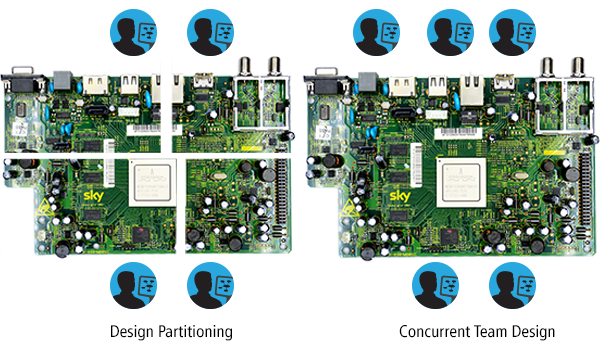
Distributed Team Design requires the partitioning of the master design into separate sections so each of the team members can perform their design activities. These sections are exported from the master database as partition databases so each team member can work independently on their assigned section. Once work is completed, the individual design partitions are imported into the master database allowing for the review of all the team members’ work in one database. This helps users to resolve any possible conflicts that may arise within the design process.
Concurrent Team Design allows users to connect to a common database to perform collaborative design activities and each team member can see the design updates in real time. Since the design is being updated to the common database (a centralized server is unnecessary), there is no need to generate or import design partitions to see other team members design work.
These two team design options offer a flexible solution to meet a variety of team collaboration needs. Whichever method you choose, each method gives users the ability to collaborate and work together efficiently, helping to shorten design cycle time and limit errors.
Visit our Allegro Symphony page to learn more.
